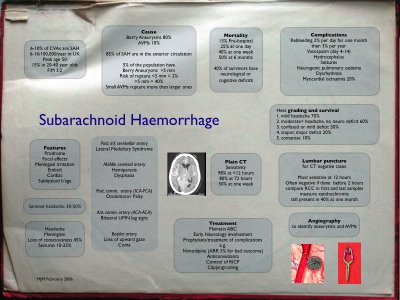The reading for this week was
Hedgehog zoonoses Riley PL, Chomel BB. Emerg Infect Dis. 2005 Jan. I suggested this as a catalyst to promote thought about zoonoses in general rather than intimating the specific importance of our prickly friends in human disease.
The talks were interesting and certainly stimulated discussion, particularly since we had one of our new microbiologists in attendance. Specifics included in discussion were
Leptospirosis (icteric and anicteric),
Lyme (remember the different clinical patterns in US and UK disease),
Rabies, and
Toxoplasmosis.
Learning points: know the
local zoonoses; take a history of animal contacts.
A second question was the definition of zoonosis. The World Health Organization defines a zoonosis as
an infection or infectious disease transmissible from vertebrate animals to man. Merriam-Webster's Medical Dictionary suggests it is
a disease communicable from animals to humans under natural conditions. I was slightly put out to find that my two volume shorter Oxford English dictionary does not list zoonois though it does list zoonosology as the study of the diseases of animals. I believe that the medical term
zoonosis is in fact a contraction of the more precise
anthropozoonosis,
a zoonosis maintained in nature by animals and transmissible to humans. (The American Heritage Stedman's Medical Dictionary). Pedantry award to MJM. I lay down a challenge. Using this last definition find a non-infective anthropozoonosis.
Interesting cases this week:
Cryptococcal meningitisI would also recommend the Uptodate article (available on the hospital intranet).
Next week’s reading is:
Does This Woman Have Osteoporosis? Green AD et al, JAMA 2004; 292: 2890 - 2900 (Get it from the
elibrary)
The two minute tutorials next week are on Dementia: epidemiology, assessment, investigation and treatment. Talks precise and concise please, with some indication of your sources.
MJM
